San Diego’s aggressive use of “red flag” laws has led to hundreds of firearms being seized from individuals deemed by a judge to be dangerous, but it doesn’t appear to have made an impact on violent crime, with a new report issued by the county documenting a huge increase in firearm-involved homicides and an even larger spike in gun-involved crimes over the past five years.
During that same time period San Diego City Attorney Mara Elliott has made the use of “red flag” laws a priority for her office, dedicating a team of eight attorneys to file ERPO petitions whenever possible. As CalMatters reported last October, the city’s approach has far outpaced other jurisdictions around the state, and officials have been patting themselves on the back about what a difference they’ve made.
More than 1,250 times since the end of 2017, when San Diego City Attorney Mara Elliott launched the pioneering unit, [Jeff] Brooker’s team has successfully filed a gun violence restraining order, leading to the seizure, as of April, of nearly 1,600 firearms from 865 people — far more than any other agency in the state. An estimated one-third of the weapons, most of which are handguns, have since been returned to the owners.
…
Nineteen states and the District of Columbia already have laws, but a recent analysis by the Associated Press found that many of those are barely used.
In California, which ranked seventh in number of cases per capita, San Diego has been a model.
With many jurisdictions still slow to adopt the use of gun violence restraining orders, the Governor’s Office of Emergency Services announced in July that it would provide $1 million to the San Diego City Attorney’s Office to expand its training efforts to other law enforcement groups.
“We must work together to make sure our gun safety and red flag laws are being used to protect our communities. They’re being underutilized,” Attorney General Rob Bonta said at a joint press conference with Elliott last month. “Others should take San Diego’s lead — be aggressive, use the tool that is there.”
According to CalMatters, San Diego County filed nearly 1/3rd of all ERPOs in the state in 2021; 435 cases out of 1,384 statewide. If “red flag” laws were beneficial in reducing violent crime or suicides involving firearms, we should be able to see the impact in the data. And yet, a new report issued by San Diego County last week found that even as the use of “red flag” petitions was exploding in the county, violent crime involving firearms has been has been exploding as well.
Nearly 71 percent of the gun-related deaths in San Diego County over a recent five-year stretch were suicides, a newly released county report found.
Nearly three in 10 gun-related deaths were homicides, according to findings highlighted in The Gun Violence Community Needs Assessment Final Report, released last week.
The report includes statistics about deaths, injuries and crimes related to firearms in San Diego County between 2016 and 2022, but not all statistics reflect that entire seven-year stretch. Among the findings:
- 1,310 people died by firearms from 2017 through last year;
- 1,367 people were injured by firearms from 2016 to 2021;
- The rate of firearm-related homicides rose by 56 percent over the last five years; and
- Crimes involving guns increased 64 percent from 2017 to 2021.
The rate of gun-related homicides was highest among people between the ages of 25 to 44. That coincides findings in the Union-Tribune’s annual examination of homicide rates.
Take a look at this graph from San Diego County’s “Gun Violence Reduction Community Needs Assessment”, which documents the rate of gun-involved deaths in the county between 2017 and 2021. Do you see any indication that abundance of “red flag” orders has taken a bite out of crime?
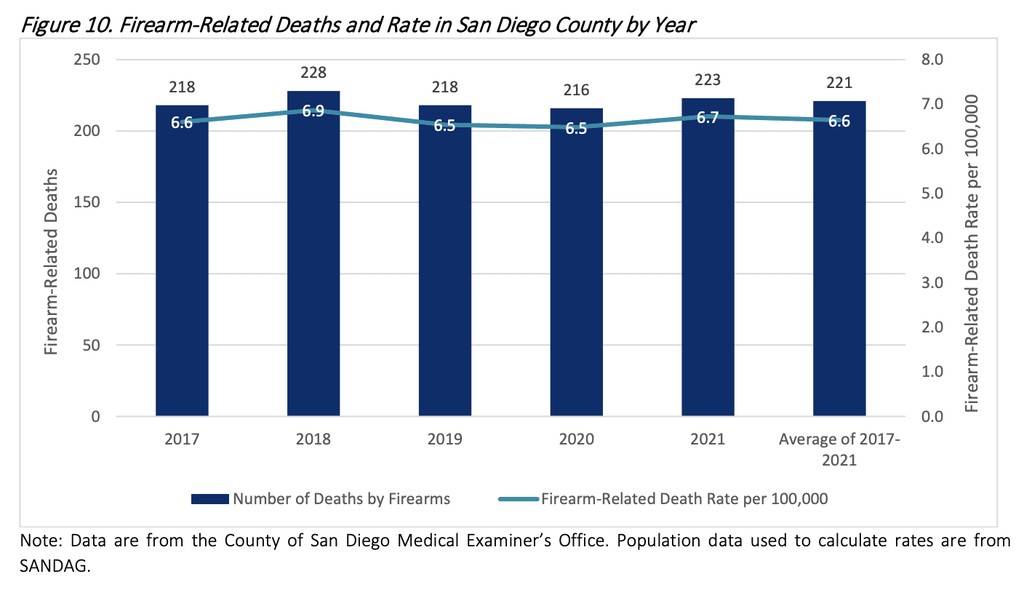
Even when “gun involved deaths” are broken out into homicides and suicides it’s impossible to find evidence that the “red flag” law is making the impact its supporters claim.
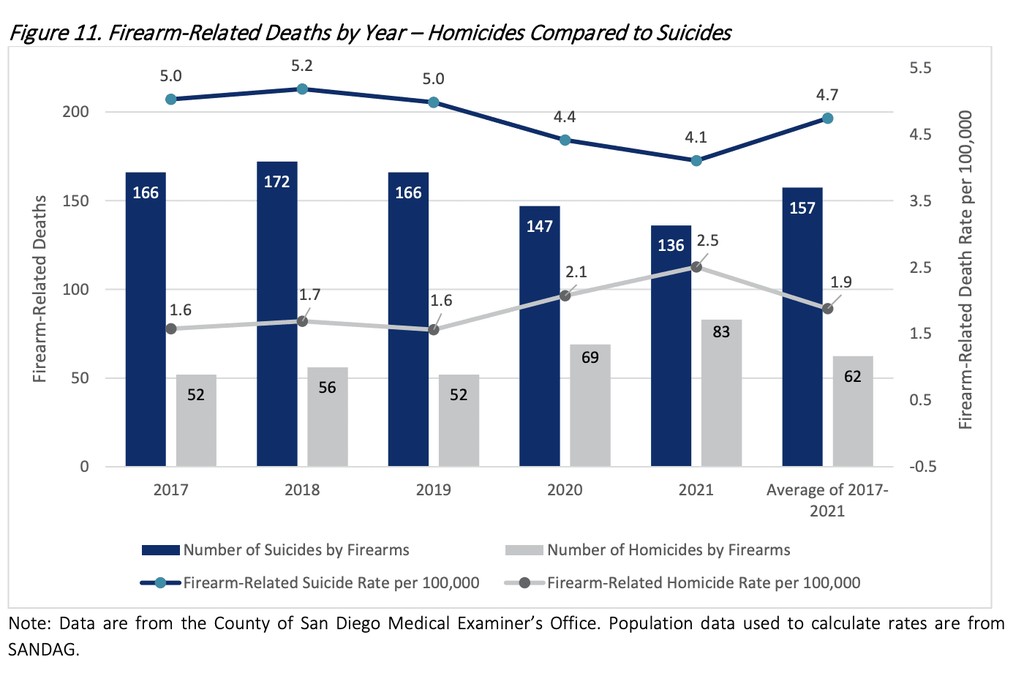
The five-year average for the gun-involved homicide rate is actually higher in San Diego than it was in the year before Elliott deployed her “red flag” strategy, while gun-involved suicides have declined by less than half a point over the same time period. It’s also important to note that non-gun suicides also declined at the same time, and at roughly the same pace. In 2018 firearms were used in about 37% of suicides in the county, virtually identical to the percentage recorded in 2021. Crediting the use of “red flag” laws for the incredibly modest reduction in suicides is an exercise in foolishness… much like the county’s red flag push itself.
But anti-gunners like Gavin Newsom see San Diego County as leading the way, and have pushed to expand not only the use of “red flag” laws but have expanded the pool of people who can file one. That’s something even Jeff Brooker, who is responsible for filing the vast majority of these ERPO petitions, takes issue with.
He considers it too dangerous for anyone but law enforcement to remove someone’s guns. But a gun violence restraining order that a judge grants a family member or other civil petitioners is served by a process server, giving the recipient 24 to 48 hours to turn in their weapons — and, Brooker fears, retaliate against the petitioner, creating just the sort of shooting that the red flag law is trying to prevent.
“Just call the police,” he said. “I have yet to see one of these filed by a school or a workplace, and I’m grateful for that.”
That may be one concern, but I’d say its equally as troubling to consider how many non-dangerous people have had their guns taken from them because a judge would rather err on the side of caution and grant an ERPO rather than run the risk of rejecting the petition and seeing the subject go on to commit a crime or take their own life? Given the lack of impact that the expansive use of “red flag” laws has had in San Diego County (at least on its rate of gun-involved homicides, non-fatal shootings, and suicides), it’s almost a given that the ERPO law has been abused over the past five years to take guns from people who pose no threat to themselves or others, but at the very least it’s clear that despite the growing number of “red flag” seizures there are still just as many dangerous people doing dangerous things than there were five years ago.
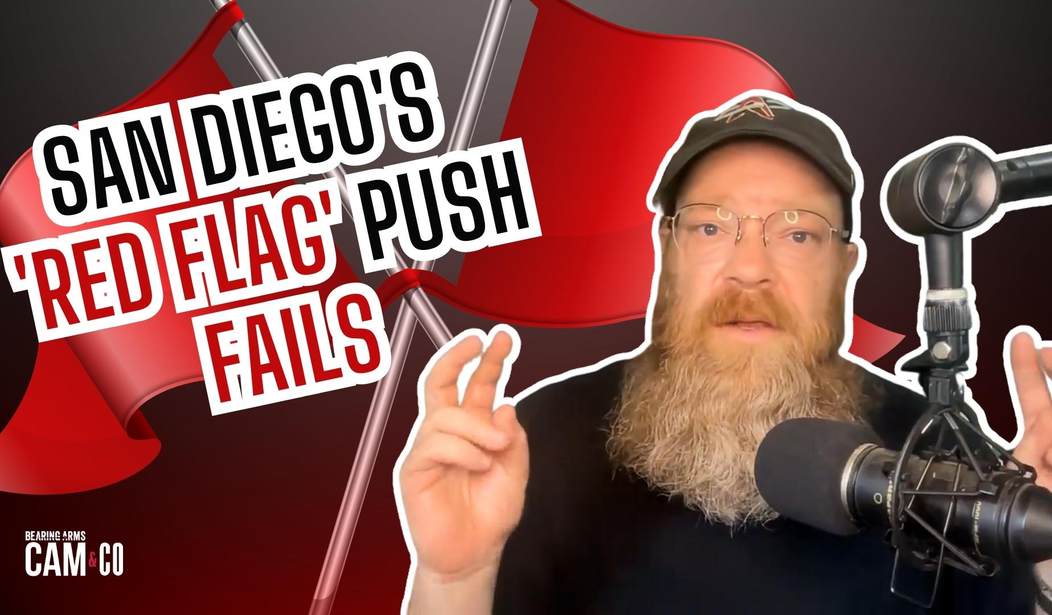




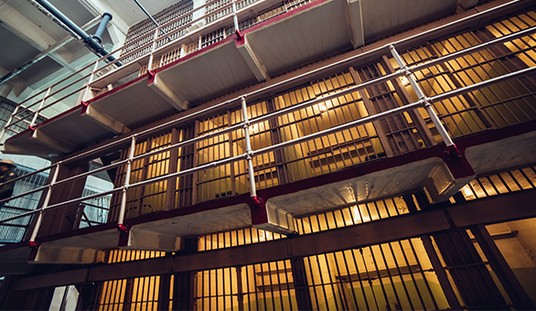

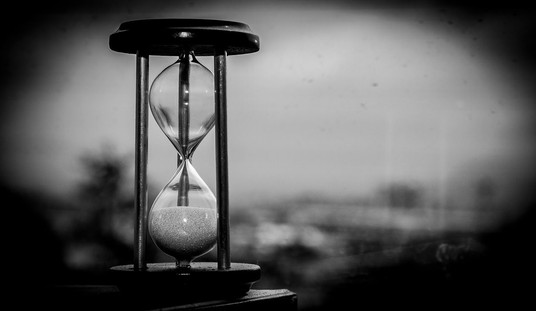

Join the conversation as a VIP Member